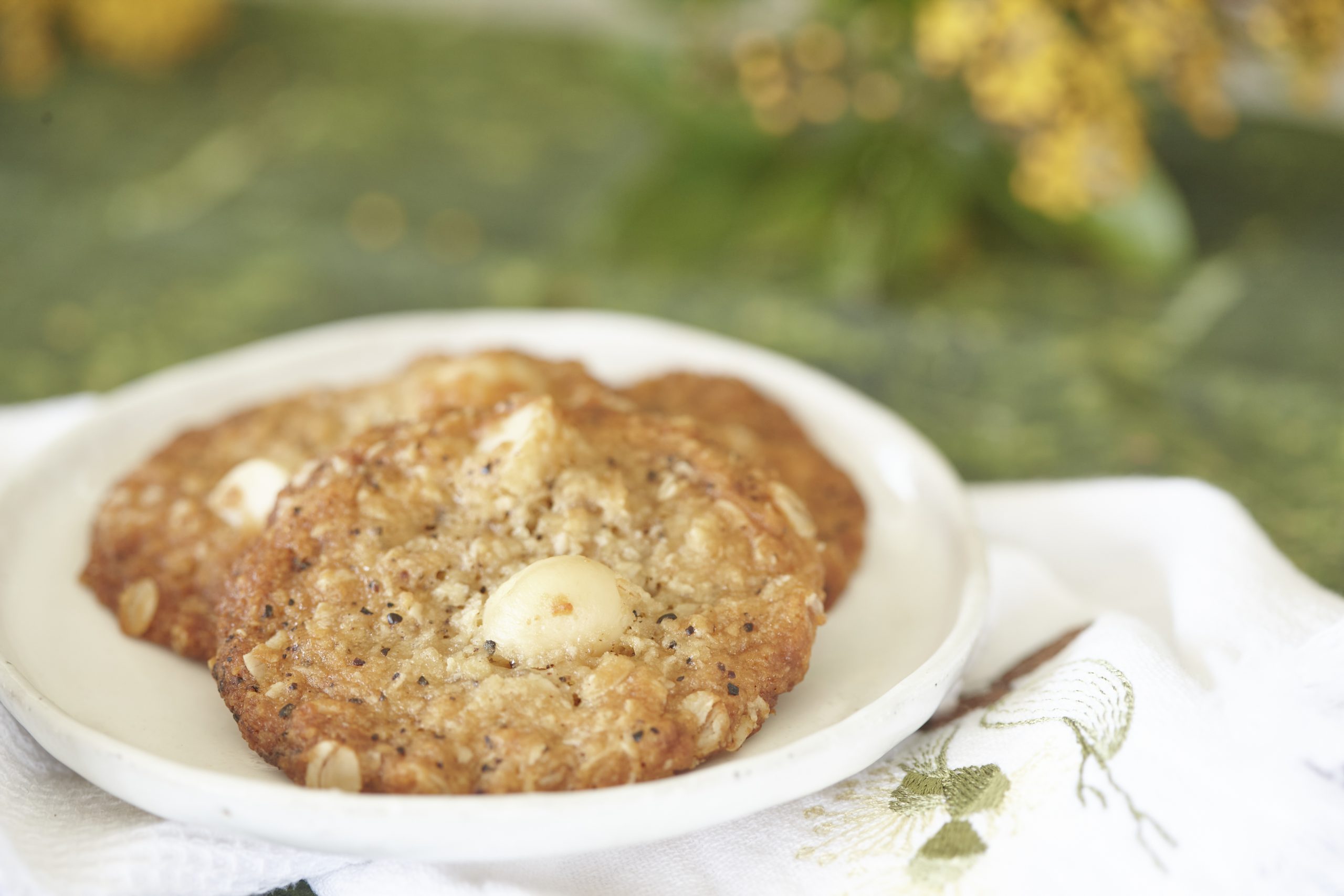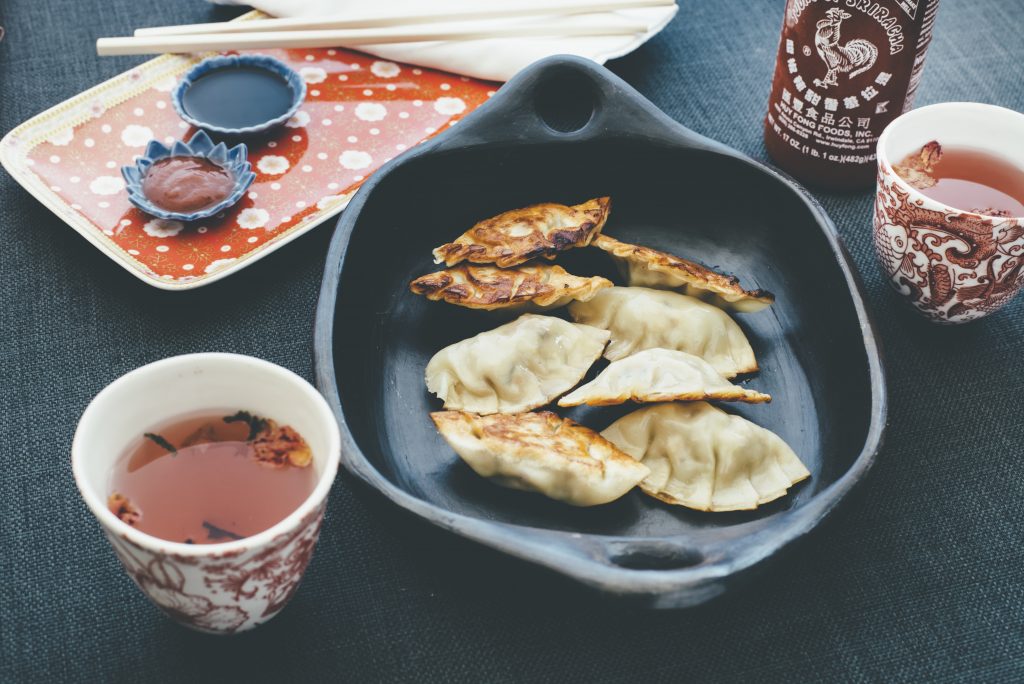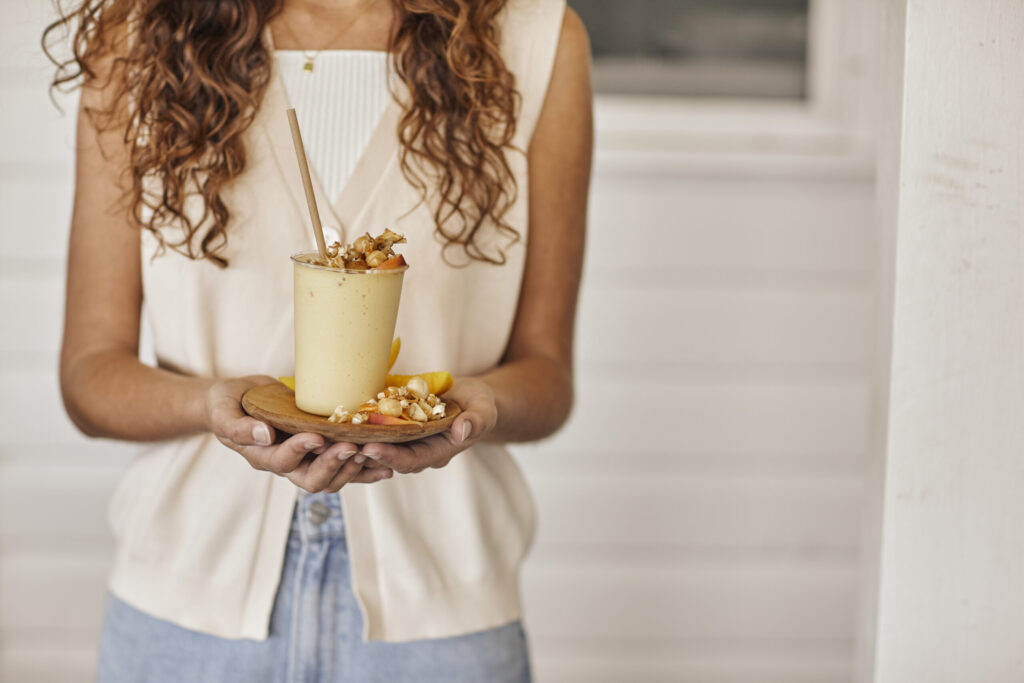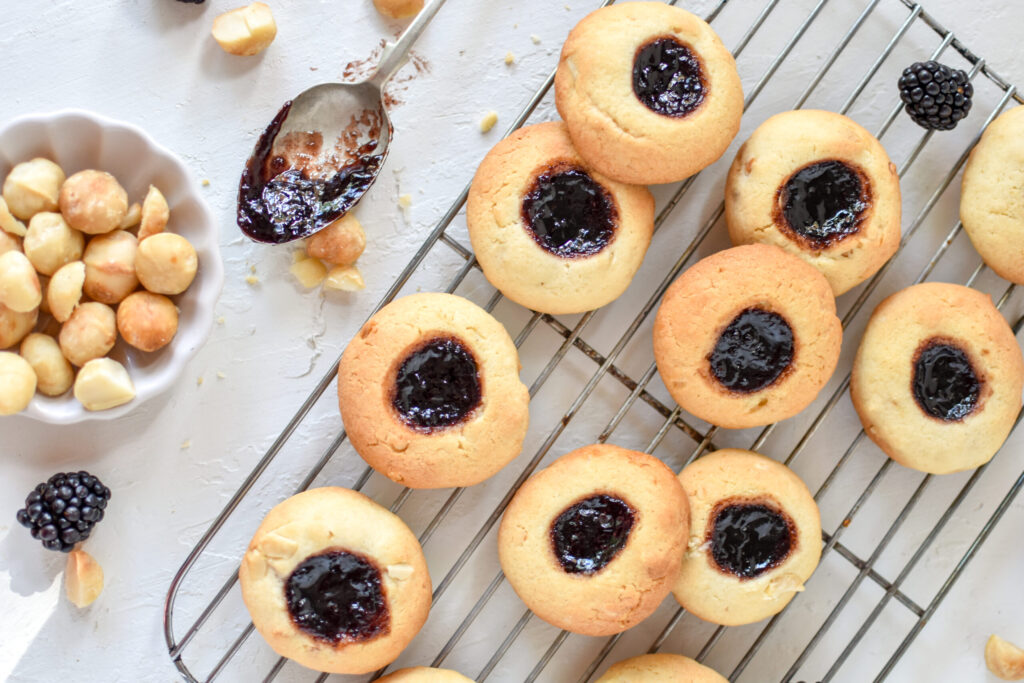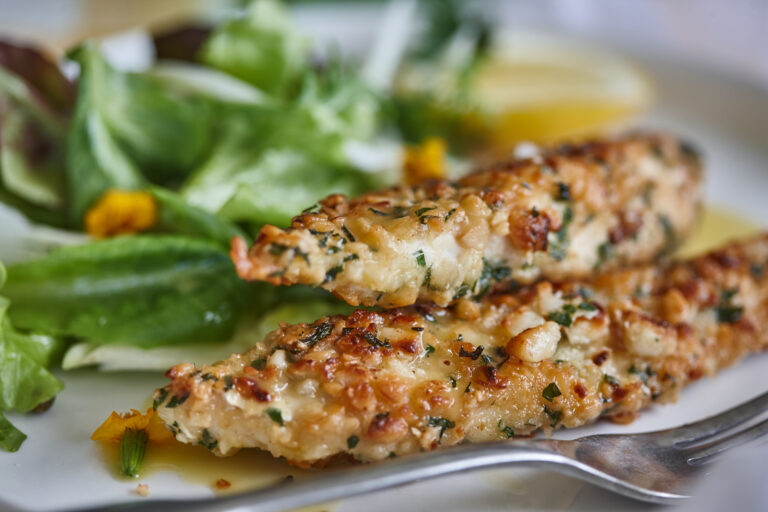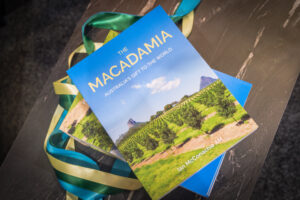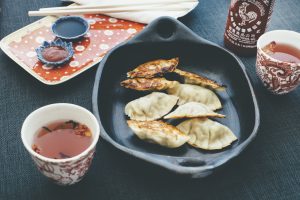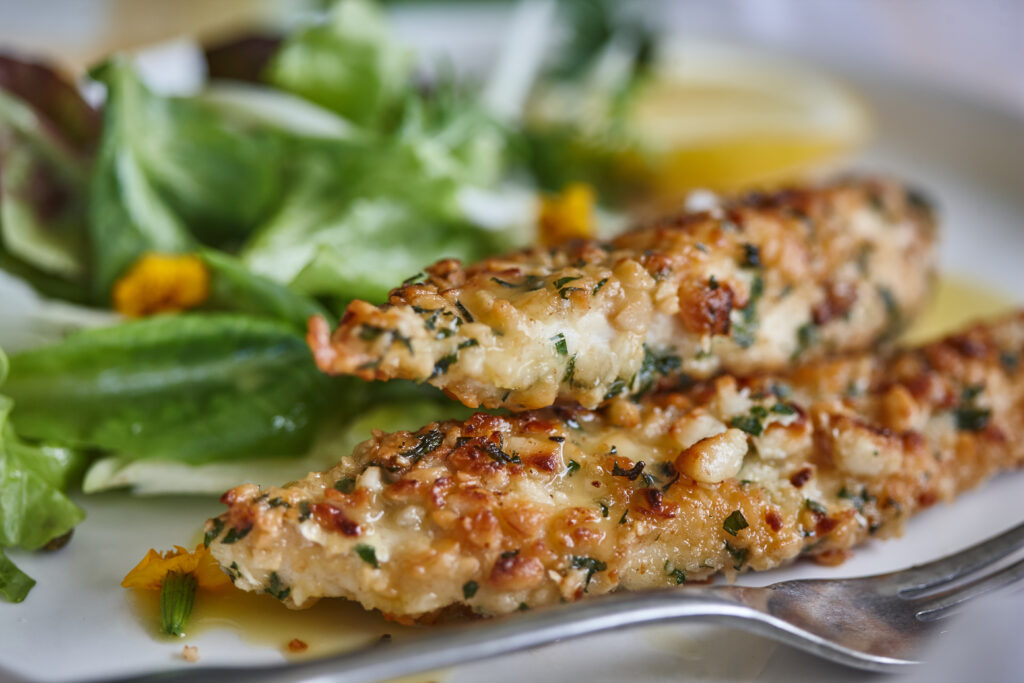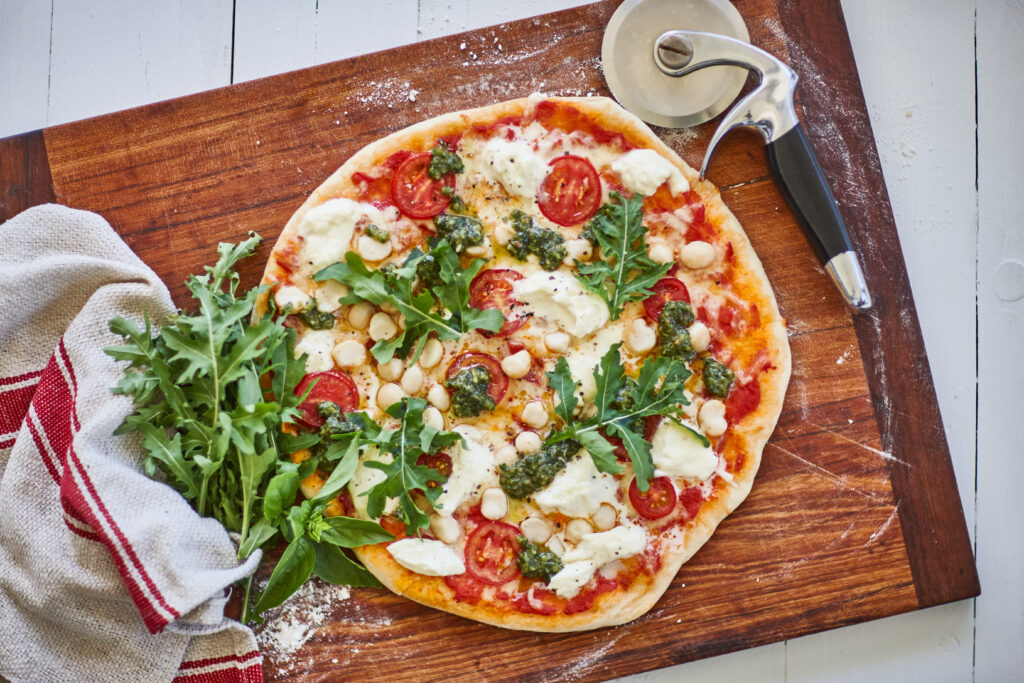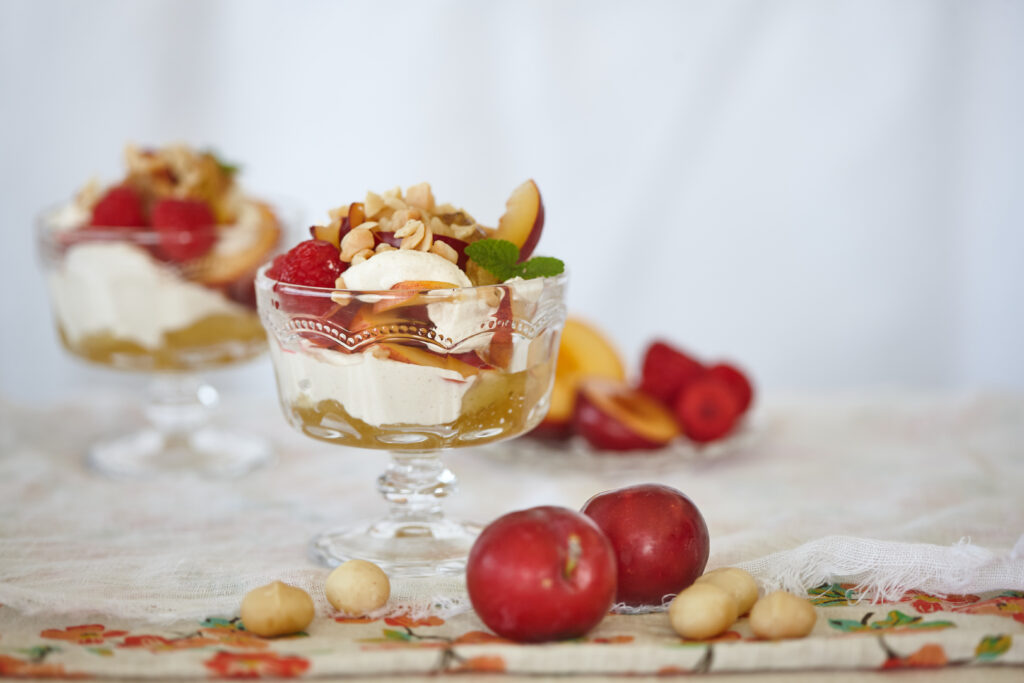When we think of nuts that are native to Australia undoubtedly we think of the macadamia. But macadamia isn’t the only native nut in town.
The macadamia nut really is a global success story. Originating here around 60 million years ago it is now exported to more than 40 countries around the world.
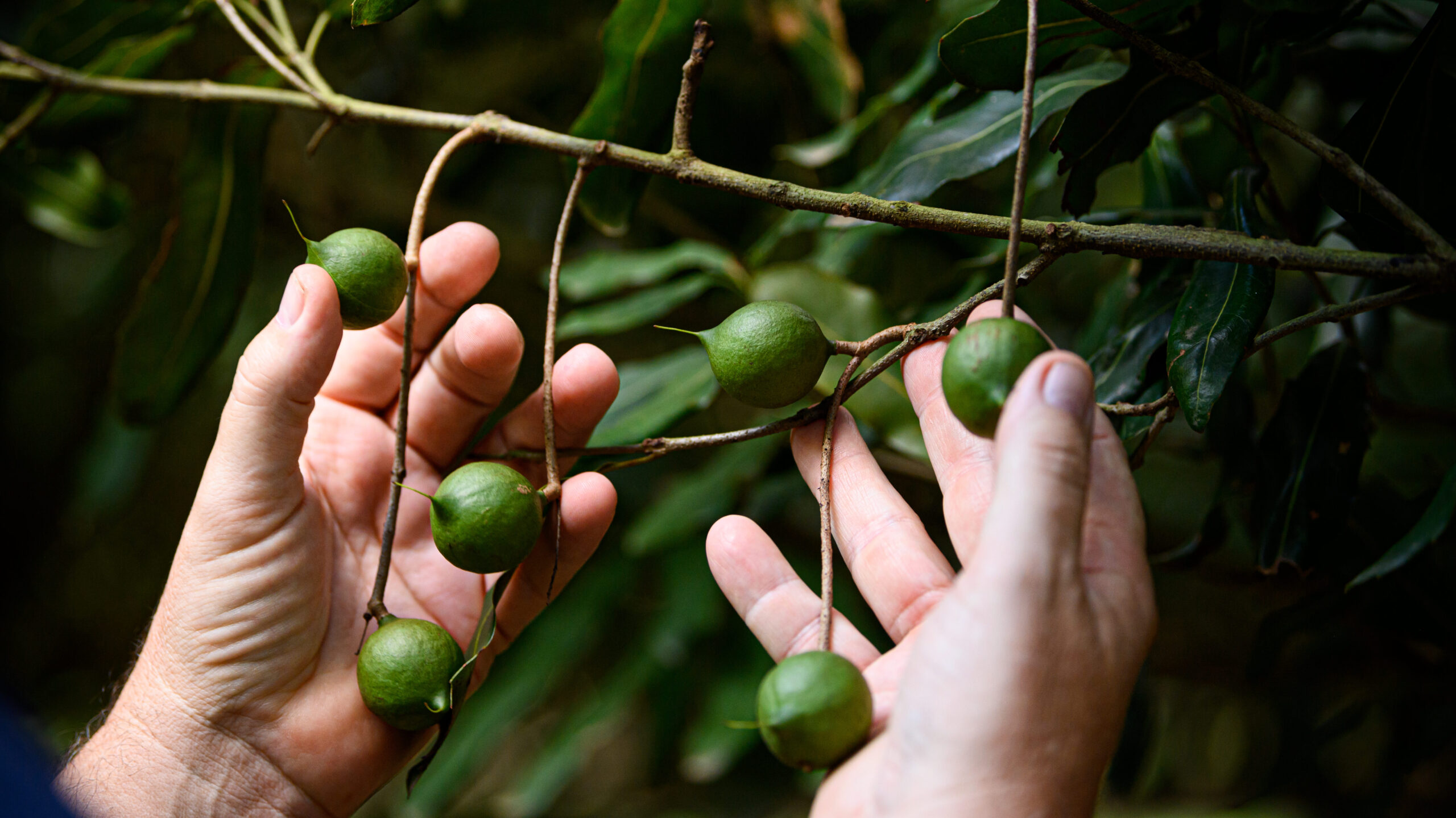
Because it evolved here, the macadamia tree has an incredible natural ability to tolerate the harsh Australian conditions, and it’s been called a ‘sustainability giant’ of the plant world, thanks to its inherent ability to optimise its water use, and sequester carbon from the atmosphere.
But macadamia isn’t the only native nut in town. Along with the macadamia, let’s look at a few other delicious native nuts.
Bunya nuts
If you are looking for an example of a prehistoric food, bunya nuts fit the bill! They grow on a Bunya Pine, a huge native tree related to the Wollemi Pine. The edible nuts grow inside a large pine cone. When the nuts are ripe and ready the whole pine cone falls to the ground – these cones can weigh up to 10 kilos so beware!
These nuts were an important food source for Aboriginal people in Queensland and northern New South Wales.
Bunya nuts can be eaten raw or can also be cooked.
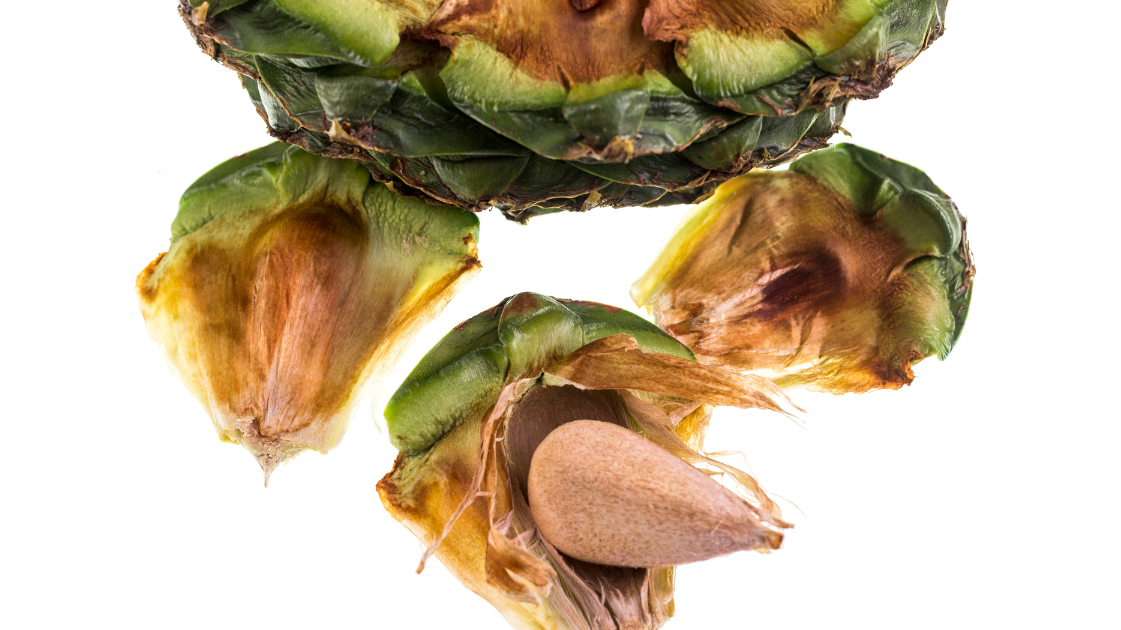
Native Food Queen Mindy Woods, a Bundjalung woman of the Widjabul Wia Bul clan shares, “It’s an exciting time for indigenous people when bunya nut season begins. The harvest is generally every three to four years. The tracking of bunya pines forms part of our songlines and our Dreaming.”
“An ancient tradition was to congregate during time of harvest every three to fours years in the bunya ranges where clans from all over the east coast of Australia would gather to celebrate, share stories, marriages were arranged and law was handed down. The last recorded bunya gathering was between 1897 and 1902 but as modern people we want to continue to share these stories, share our food and culture around these practices in the hope of igniting interest and respect for these ancient knowledge and traditions, respect for country and culture.”
“Bunya nuts are a traditional food for our people and are found in a limited area of rainforests, predominantly in south-east Queensland, and especially in part of the great dividing range now known as the Bunya Mountains National Park. They can be found as far north as Far North Qld and as far south as Victoria.”
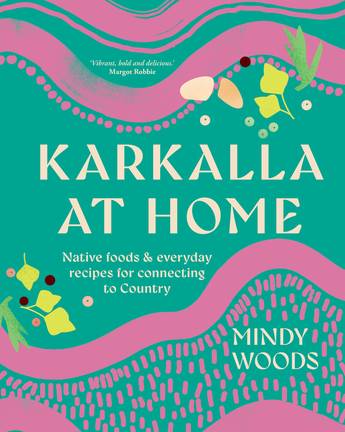
Want more recipes by Mindy Woods?
Her brand new cookbook, ‘Karkalla At Home’ will be released in a few months and you can pre order it here.
“Bunya nuts contain 40% water, 40% complex carbohydrates and 11% protein. The raw nuts have a dry crunchy texture and taste similar to a chestnut with overtones of pine, they’re quite starchy. When cooked they become softer and more waxy. I love them cooked the traditional way in the hot coals, it gives them a roasted smoky flavour or making johnny cakes from the milled flour (they are fantastic with curry). Bunya nuts are super versatile and work well in both sweet and savoury applications.”
“Bunya nut pesto is a wonderful way to use warrigal greens, bunya nuts, macadamia oil, salt and parmesan. I love to make a bunya nut frangipane tart substituting almond meal for ground bunya nut meal.”
Sandalwood nuts
You may not be familiar with the native sandalwood nut. It is often grown for oil extraction for skincare products however the nut is edible and tasty.
While the macadamia grows in a rainforest setting, sandalwood prefers a more arid climate and grows in Western Australia and South Australia. Similar to a macadamia they have an outer husk, a shell and then the edible kernel.
Wardandi Bibbulmun woman Dale Tilbrook has shared about the sandalwood kernel being eaten by aboriginal people to ease arthritis as well as being crushed to form a paste and then applied topically to joins.
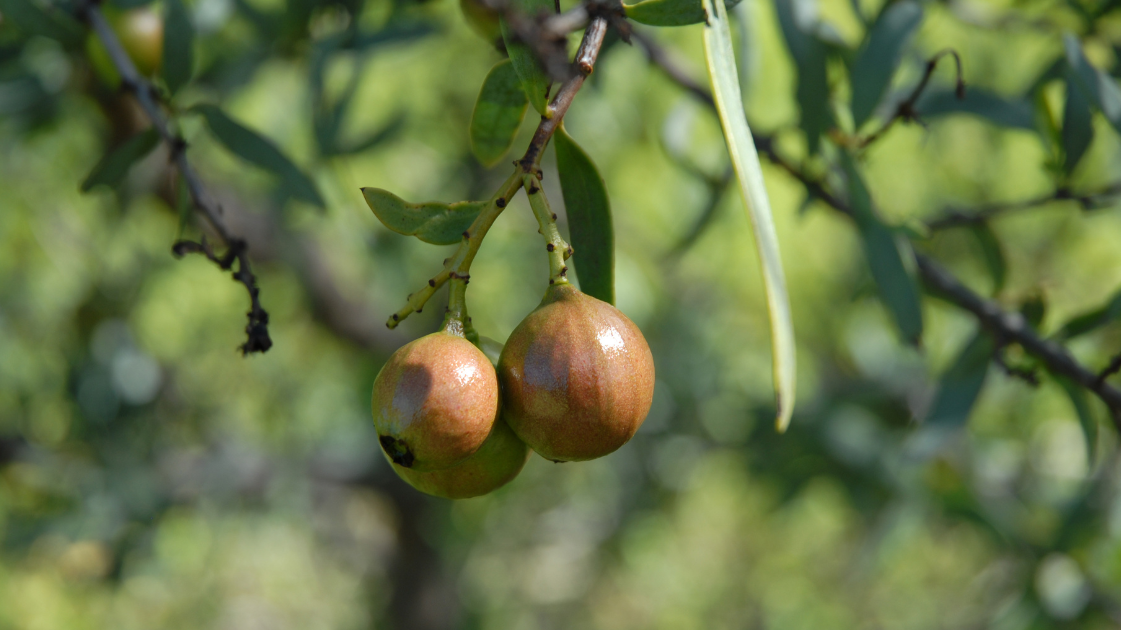
Bundjalung woman Mindy Woods explains, “Mob have used sandalwood for millennia both as a food and medicinal course and for good reason. Being coined as Australia’s next ‘superfood’, sandalwood nuts offer a delicate creamy flavour, are high in protein, dietary fibre, omega fatty acids they have incredible antiinflammatory properties and are incredibly easy to use in both sweet and savoury recipes.”
“I love their puffed rice-like flavour when seasoned with a light coasting of olive oil and sea salt oil then roasted until Cooked this way, they are the perfect textural element to toss into a seasonal salad, curries and casseroles for a savoury bite and crunch. For sweets, sandalwood nuts make an incredible praline which reminds me of lolly gobble bliss bombs- our own native version. Simply heat caster sugar in a clean saucepan until it forms a medium to dark caramel , pour immediately over roasted sandalwood kernels, sprinkle with a good punch of sea salt and allow to set. Yum.”
Wattleseed
Although hundreds of wattle varieties are endemic to Australia, only a small number produce an edible seed. While not technically a nut, wattleseed has an intense nutty flavour and is a versatile native ingredient. First Nation stories tell of this seed being ground into a flour and then baked to make a dense, protein rich bread.
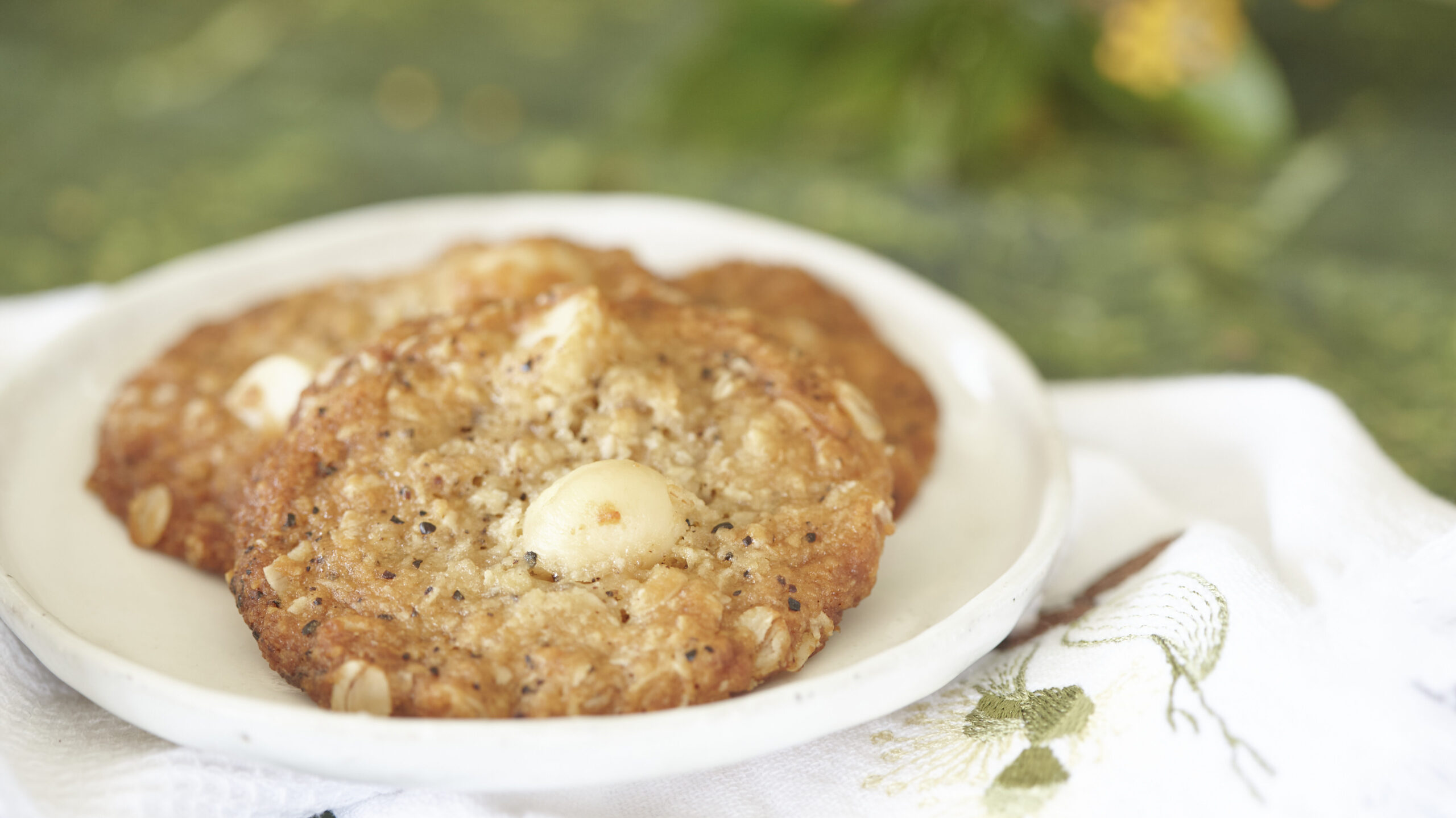
Today wattleseed is farmed and used in a huge variety of both sweet and savoury recipes.
“First Nations Australians were the first to discover the cultural and nutritional benefits of the wattle tree, says Bundjalung woman Mindy Woods. “Described as the ‘unsung hero’ of the Australian Native Food Industry, wattleseed is another highly versatile ingredient which can be used in a number of sweet and savoury recipes, from ice cream & cakes to casseroles & curries.”
“Wild harvest remains a key source of supply, with hundreds of Aboriginal women from communities across South Australia and the Northern Territory participating in the industry, as well as individuals on private land.”
“Once harvested, wattleseed is usually roasted and can be ground or sold whole. Roasting the seeds brings out the nutty flavour and if roasted longer it produces a smoky, earthy flavour.”
“The most popular wattle seed in the food industry is Acacia victoriae. Also known as Elegant Wattle, it is a budding chef’s culinary dream. With a dominant nutty, coffee and roasted aromas with a slight bitterness it has an array of culinary applications. I love using it as the flavour base of a native inspired wattleseed tiramisu. I also use it as a dry rub for roast and BBQ’s meats to impart a truly Australian flavour to my meals.”
“By extracting the roasted and ground seed through a coffee machine exactly the way you would ground coffee beans, I make a nutty earthy wattleseed latte with steamed macadamia milk for a delicious protein rich & caffeine free morning brew.”
Macadamia nuts
Indigenous to Australia, native to northeastern New South Wales and central and southeastern Queensland specifically, macadamias are known globally for their delicious editable kernel.
Due to its long history the macadamia nut has many names. These different names generally reflect the various locations where the macadamia nut originated and was first used – and where the nut is still grown and harvested today.

Macadamia nuts are a favourite with cooks because of their many and varied uses. They work well in both sweet and savoury dishes, adding crunch, texture along with nutritional value.
“I have fond memories of sitting underneath my Nan’s house in North Lismore as a child cracking open macadamia nuts with heavy stones or bricks, squealing with joy as we pulled the prized nut from its incredibly strong shell. For thousands of years before European settlement, First Nations communities of the Bundjalung nation feasted on the native nuts which grew in the rainforests of the wet slopes of the Great Dividing Range.”
“Fallen nuts were collected in dilly bags and taken to feasting grounds. Nuts were eaten raw or roasted in hot coals. In traditional times clans would also express oil from the nuts and use it as a binder for ochres and clay. This was a method of preserving clan symbols of the dreaming. Macadamia oil was also used medicinally for treatment of the skin and as a carrier where it was mixed with other plant extracts to treat certain skin conditions and ailments. Many cultural stones have been found throughout eastern rainforests, usually consisting of a large stone with a delicate incision for holding the nuts and sometimes a smaller, flat stone sits on top which is then struck by a larger stone to break open what is known to be the hardest nut shell on earth. Gumbar, gumbar is the name for macadamias in Bundjalung lingo and I love their delicate buttery, sweet & creamy flavour.”
“Macadamias are far more versatile than as a nut just for snacking. Due to their creamy buttery texture they are perfect for making macadamia butter which we should all be reaching for over a jar of peanut or any other nut butter. It can be used in place of any nut butter and can be used as a base for any cream based sauce as a healthy dairy free alternative. It’s incredible in smoothies, cakes, biscuits, the list goes on.”
Whether you want mid-week meal ideas, healthy snacks or celebratory showstoppers, you’re sure to find inspiration in our macadamia recipe collection.
